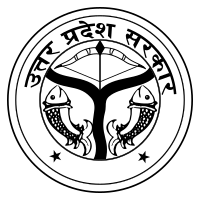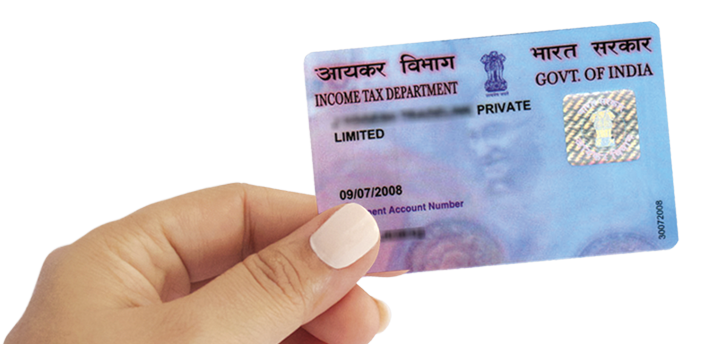Aadhaar Card: A Complete Guide

The Purpose of Aadhaar
The primary goal of Aadhaar was to provide a universal identity system that could eliminate fraud and duplication in government welfare schemes. Before Aadhaar, India struggled with fake or duplicate identities that caused a massive leakage of funds in subsidy programs. Aadhaar links each individual’s identity with their fingerprints, iris scans, and personal information, ensuring a one-to-one relationship with government records.
Key Features of Aadhaar
- Uniqueness: Each Aadhaar number is unique to an individual, ensuring that no two people can share the same identity.
- Voluntary but Ubiquitous: Though it's voluntary, Aadhaar has become essential for various services, including bank accounts, mobile connections, and government benefits.
- Biometric Data: By using biometric data like fingerprints and iris scans, Aadhaar offers a robust and secure way of identifying individuals.
- Demographic Information: Along with biometrics, basic demographic information like name, address, and date of birth is recorded.
- Portability: Since Aadhaar is linked to an individual and not to a location, it is accessible and usable across the country.
- Digital Identity: Aadhaar allows residents to authenticate their identity digitally for various services through Aadhaar-based eKYC (Know Your Customer).
Benefits of Aadhaar
- Efficient Delivery of Subsidies: Aadhaar has streamlined the process of
distributing subsidies under schemes like LPG, PDS, and scholarships. By
linking Aadhaar to bank accounts, the government ensures subsidies reach
the intended beneficiaries directly.
- Banking Services: Aadhaar is used for opening bank accounts
under the Jan Dhan Yojana, and enables fast, paperless KYC verification.
Banks also use Aadhaar to transfer government benefits directly to
beneficiaries’ accounts.
- Reduced Fraud: Aadhaar has significantly reduced duplicate
and fake identities, thus preventing identity fraud and corruption. It
ensures only eligible beneficiaries receive government aid and services.
- Ease of Access: Aadhaar makes availing government services more accessible, especially for the underprivileged. It can be used as an identification document for various purposes like getting a mobile SIM card, passport, or driving license.
How to Apply for an Aadhaar
Card
- Visit Enrollment Center: Visit an authorized Aadhaar Enrollment
Center with necessary documents such as proof of identity (like a PAN card,
voter ID) and proof of address (utility bill, passport).
- Biometric Capture: After submitting documents, the center will take your fingerprints, iris scan, and photograph.
- Receive Aadhaar: Post-verification, you’ll receive your Aadhaar card via post, usually within 90 days. Meanwhile, you can download an e-Aadhaar from the UIDAI website.
Security and Privacy Concerns
Although Aadhaar has been lauded for its numerous
benefits, it has raised privacy concerns. Several issues have been flagged,
including:
- Data Privacy: Critics argue that centralizing biometric and
demographic data poses privacy risks if the data is compromised.
- Data Breaches: While UIDAI claims that Aadhaar data is
secure, there have been instances of data leaks from government portals
and other services.
- Overreach: Mandating Aadhaar for various services, such as banking and mobile connections, has been contested in the courts, citing concerns about making Aadhaar compulsory.
Advantages of Aadhaar
Direct Benefit Transfer (DBT): Aadhaar has been crucial in implementing Direct Benefit Transfer, where subsidies and welfare payments are directly transferred into the bank accounts of beneficiaries, minimizing the role of intermediaries and reducing corruption.
Financial Inclusion: Aadhaar has simplified the process of opening bank accounts, particularly for low-income and rural populations. With an Aadhaar-linked account, even the most marginalized sections of society can now access financial services.
Digital India Initiative: As India moves towards digitization, Aadhaar has become a cornerstone of the Digital India initiative, enabling online verification for a variety of services such as passport applications, tax returns, and pensions.
KYC Process: Aadhaar e-KYC (Know Your Customer) has simplified and expedited the customer verification process across sectors like telecom, banking, and mutual funds.
Challenges and Concerns
While Aadhaar has many advantages, it has also been subject to scrutiny:
Privacy Issues: Given that Aadhaar collects sensitive biometric data, concerns over data breaches and misuse of personal information have surfaced. Critics argue that there should be stronger safeguards to protect citizen data.
Exclusion Risks: There have been instances where people were excluded from essential services due to Aadhaar authentication failures, particularly in rural areas where biometric devices malfunction or internet connectivity is poor.
Legal Hurdles: In 2018, the Supreme Court of India ruled that while Aadhaar is constitutionally valid, it should not be made mandatory for services like banking or mobile connections, although it remains necessary for welfare benefits and tax returns.
Aadhaar's Role in Governance
Despite its challenges, Aadhaar has transformed governance in India by promoting transparency, reducing corruption, and enhancing the efficiency of public services. Several government initiatives such as Jan Dhan Yojana (financial inclusion), Pradhan Mantri Ujjwala Yojana (LPG subsidies), and the Mahatma Gandhi National Rural Employment Guarantee Act (MGNREGA) have successfully integrated Aadhaar to ensure that benefits reach the rightful beneficiaries.
Supreme Court Rulings and Aadhaar
In 2018, the Supreme Court of India upheld the constitutional validity of Aadhaar but ruled that Aadhaar should not be mandatory for services like mobile connections or opening bank accounts. However, it remains mandatory for availing government subsidies, welfare schemes, and filing income tax returns.
Conclusion
Aadhaar, with its vision of providing a unique identity to every Indian resident, has transformed how citizens access government services and benefits. While the system offers immense benefits in terms of convenience and transparency, it also faces challenges, particularly around privacy and security. As Aadhaar continues to evolve, addressing these concerns will be crucial to its long-term success.
Important Links







